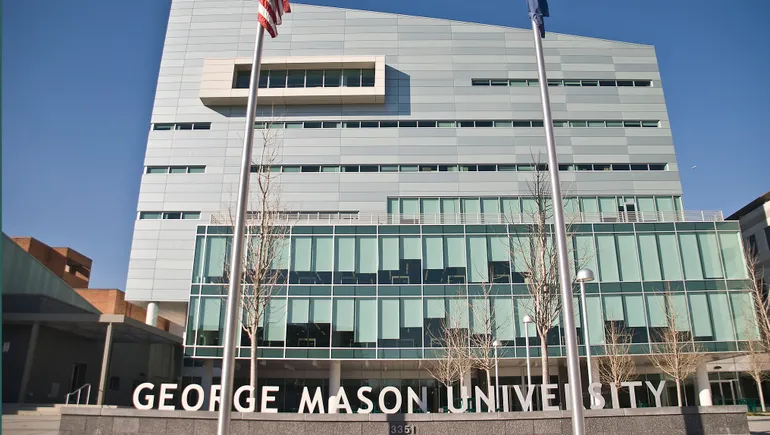Dive Brief:
- Private regional colleges with small student bodies and high acceptance rates will face increasingly stiff competition from public institutions as higher education braces for widespread demographic challenges, according to a new analysis from Moody’s Ratings.
- These issues will be particularly pronounced in the Midwest and Northeast, where the fight for a shrinking pool of students is expected to heat up. Moody’s analysts predicted higher education enrollment would plummet in these two regions in the coming years, citing a 2020 report from the Western Interstate Commission on Higher Education.
- Driving up costs, small private colleges have increased spending on employee salaries and student wellness services since the start of the pandemic, Moody’s said. Analysts also noted that “maintaining small class sizes has become more expensive.”
Dive Insight:
The number of high school graduates is expected to sharply fall beginning next year due to a drop in birth rates during the Great Recession. The decline in traditional-aged college students means institutions — especially tuition-dependent ones — will be forced to adapt.
Moody’s analysts examined colleges rated by the firm that had student acceptance rates of 60% or more and student bodies of 3,000 or less. The financial well-being of these institutions depends heavily on enrollment, with an average of 71% of their budgets relying on tuition and auxiliary revenue in fiscal 2023, the firm said.
“Exacerbating the race for enrollment are the many strong state institutions that also compete for students in these regions, often with much lower tuition costs than what the private universities can offer,” Moody’s said.
Scholarship programs that incentivize students to enroll in public colleges can also hurt regional institutions’ ability to attract attendees.
Moody’s pointed, for instance, to Minnesota’s North Star Promise Scholarship — a program that covers eligible students’ remaining tuition and fee costs after all other scholarships and grants are applied. It essentially allows eligible students to attend college tuition free — but only at the state’s public institutions.
“All of Minnesota’s private universities are excluded from eligibility, which makes it more difficult for them to compete,” analysts said.
In addition to large public universities, highly selective colleges and institutions with niche focuses will also remain in demand, they said.
Many smaller colleges are turning to strategies like enhancing academic counseling and aligning programs with workforce demands to stay competitive.
“However, these strategies often carry significant financial and execution risks,” Moody’s said, noting that small colleges may drain their endowments to make such changes. “Further, desired outcomes will be increasingly difficult to achieve as student market risks escalate.”
Some small colleges could have an edge in demonstrating their value.
Using Minnesota and Pennsylvania as examples, Moody’s found that the small private colleges it rates in those states have better four-year graduation rates than their public system counterparts.
“Students who graduate in four years save on tuition compared with those who take five or six years to complete a degree,” the firm said. “Private schools may be higher cost, but at least by this metric, deliver more consistently on the promise of a four year degree.”
The higher education sector more broadly is also defending the value of a college degree. Some 57% of 18- to 30-year-olds without college diplomas — an increasingly important pool of potential students — said a four-year degree is a good or excellent value, according to a 2023 survey commissioned by the Bill & Melinda Gates Foundation. That’s down from 60% who said the same the year prior.
#Private #regional #colleges #face #stiff #competition #public #institutions #Moodys #predicts










